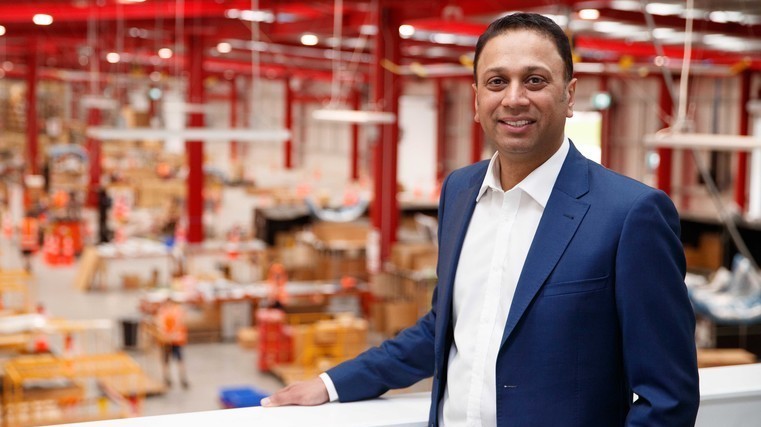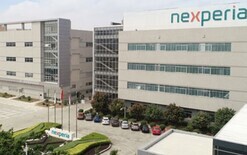Marque is ‘going places’

Toyota New Zealand has launched a brand narrative to reflect its transition to a mobility company.
Called Let’s Go Places, it “anchors the company in-line with its core pathways of sustainability, mobililty and community.”
Chief executive officer, Neeraj Lala, explains it’s all about addressing where Toyota is heading as a company for the next decade.
“Over the past five decades, we’ve earned our reputation as a trusted and reliable brand. We feel we have a duty to inspire our customers to move forward together with positivity, optimism and confidence on our nation’s journey into the future of ‘mobility for all’.
“As a mobility company, we have the capability to help drive positive change for Aotearoa, and develop a transport ecosystem that’s affordable, safe, sustainable, and accessible to all.”
While New Zealanders will see branding changes including a brand refresh at its 64 stores nationwide and new marketing campaigns, Lala, pictured above, it’s all “fundamentally driven by Toyota NZ’s desire to create further positive change”.
“Let’s Go Places is about how we’re changing as a country and how Toyota is changing alongside that. We’re committed to becoming net-zero carbon by 2050, we’re working to improve access and affordability of our vehicles for everyone, to improve vehicle safety through technology.
“Mobility is about ensuring no customer is left behind, and that solutions are affordable, accessible and safe for everyone. This could be a future when private car ownership is no longer the norm and people rely on usage solutions, such as mobility as a service, or personal micro-mobility solutions, such as the Toyota i-Road.
“And by providing consumers greater flexibility while reducing inner-city congestion and carbon emissions. It even extends to human-mobility solutions, such as the C+walk, Toyota’s three-wheeled standing-type battery electric vehicle.”
Toyota’s commitment to be net-zero carbon by 2050 is a “core part” of its sustainability goals, but it goes beyond just reducing emissions.
“Three core areas need to work in tandem here to achieve our net-zero carbon objective – environmental, business and economic sustainability,” says Lala.
“The pathway is about an equitable, inclusive transition to net-zero carbon utilising electrification technology and a circular economy that considers the entire lifecycle of a vehicle. It’s one that is focused on sharing, leasing, reusing, repairing, refurbishing and recycling resources and products to extend their lifecycles and minimise waste.”





